#avian wildlife
Text
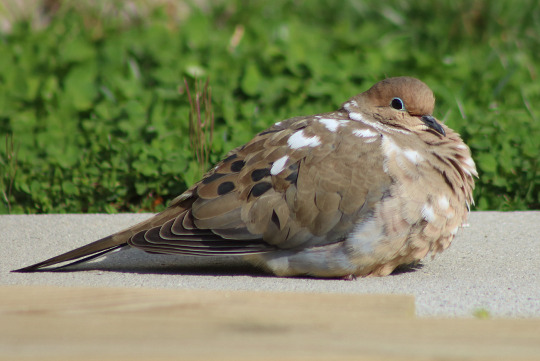


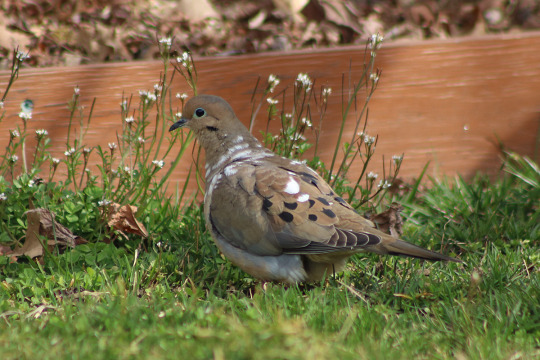
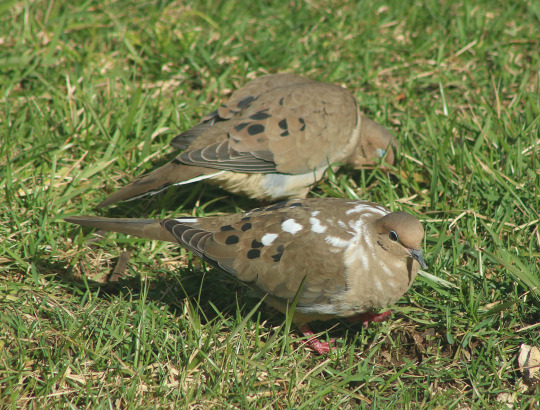
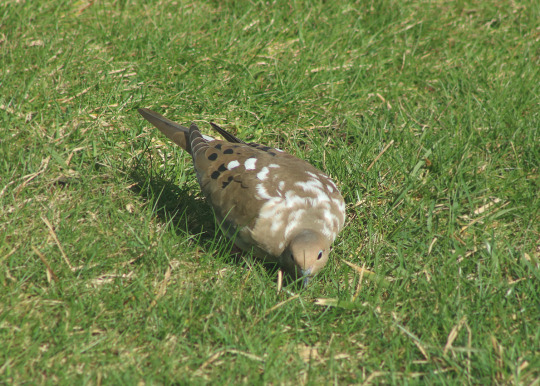
A lil compilation of photos of the semi-leucistic/piebald mourning dove who has been visiting my backyard!
First two images are from this morning 💕
#mourning dove#dove#birds#backyard birds#birding#leucistic#piebald#avian#wildlife#bird photography#nature
4K notes
·
View notes
Text

When the bird seed is ✨/just right/✨
Mourning Dove (Zenaida macroura)
Photo taken by me on FujiFilm X-T30
#animals#birds#bird#dove#mourning dove#bird photography#my photos#my pic#my photography#photography#animal photography#wildlife#wildlife photography#photographer#birdwatching#birdblr#birder#birding#avian
751 notes
·
View notes
Text
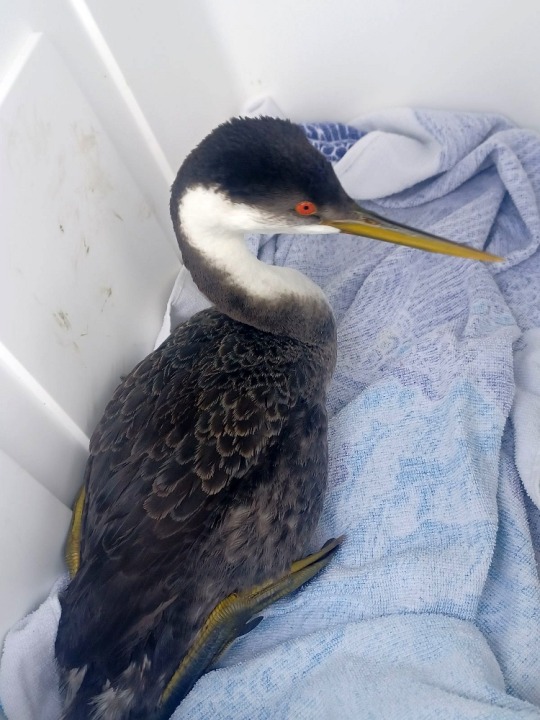
Today is apparently ANGRY STABBY BIRB DAY.
I was taking a walk on the boardwalk out near Bolstadt in Long Beach, when I came across this western grebe (Aechmophorus occidentalis) stranded on the path ahead of me. It looked alert and uninjured, so chances were just that it couldn't take flight off of the hard surface, but I called Peninsula Wild Care anyway to see if they wanted to bring it in for a checkup.
They quickly coordinated a couple of volunteers to meet me nearby, and I needed to get the grebe out of the way since a lot of people walk their dogs there and not all of them are on leashes. I figured okay, this is a relatively small bird, not as big as the muscovies I've carted around on the farm, and it seems calm, right?
NOPE. As I tried to gently reach for the grebe it turned from a calm, if confused pile of feathers on the decking to Stabby McStabberson, and I very nearly got jabbed and nipped a few times by a long, pointy beak attached to a surprisingly agile and very much NOT happy bird. I ended up having to take my hoodie off and dropping it over the entire grebe, and only when the lights were out could I bundle it up and carry it over to the meeting place.
Since it was pretty energetic, not obviously sick or injured, and its body condition felt decent (at least through the hoodie) I'm hoping it's going to get released soon enough after a checkup and a nice meal of fish. Many waterbirds have a lot of trouble taking off from hard surfaces because their feet are so far back on their bodies--which is great for swimming and water takeoffs, but not so helpful on land. If the bird had stayed stranded there they could have been injured or killed by another animal, or ended up dehydrated.
So let's hear it for Stabby the Angry Grebe, and wish them a good release back into the wild!
#grebe#western grebe#birds#birbs#birdblr#wildlife#animals#dinosaurs#avian#avian dinosaurs#Washington#Pacific Northwest#PNW#animal rescue#animal rehab#wildlife rehab#ecology#nature#conservation#migratory birds
846 notes
·
View notes
Text
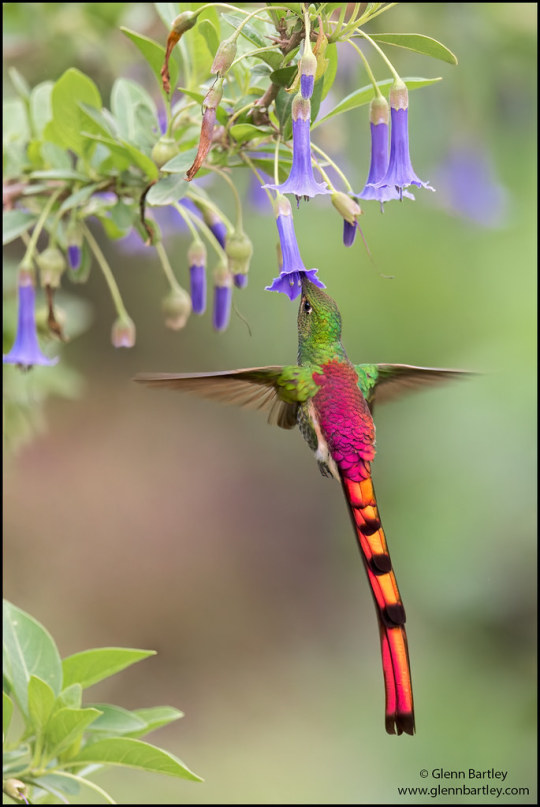
#IFTTT#Flickr#animal#animalia#animals#animalsinthewild#aves#avian#bird#birdwatching#birds#argentina#glennbartley#latinamerica#photography#southamerica#wildlife#redtailedcometsapphosparganurus
599 notes
·
View notes
Text


525 notes
·
View notes
Text

blue jay on a bunch of value scale swatches !
312 notes
·
View notes
Text
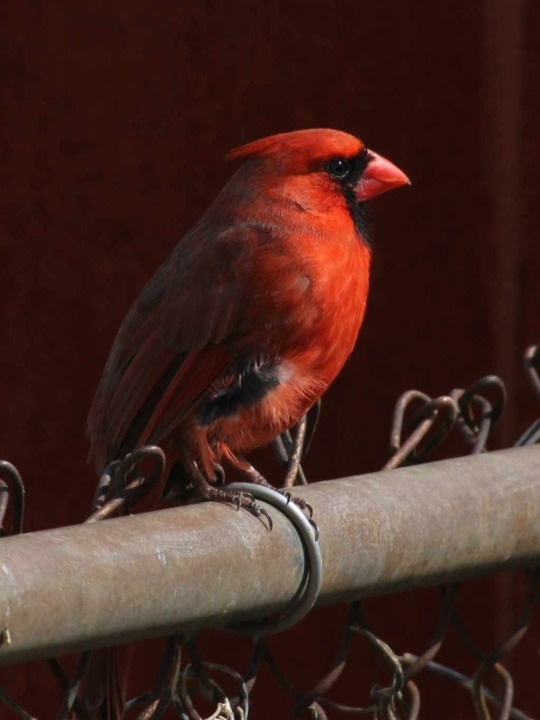
Northern Cardinal
Cardinalis cardinalis
Male
Shining in all his glory.
March 17th, 2024
Jefferson County, Missouri, USA
Olivia R. Myers
@oliviarosaline
#birds#birding#birdwatching#bird watching#cardinal#cardinals#northern cardinal#backyard#backyard birds#Missouri#birds of Missouri#the ozarks#ozarks#avian#bird photography#Cardinalis cardinalis#Cardinalis#wild birds#birdcore#red bird#red birds#bird art#birbs#birds of tumblr#nature#naturecore#wildlife#wildlife photography#st. louis#birds of north america
245 notes
·
View notes
Text
With about 45 million birds lost from UK skies in the past 50 years, Knott said there was both a moral and legal responsibility to help wildlife recover. “We need to find ways to welcome wildlife into our everyday lives whether those be towns, cities, or indeed rural areas and help them.”
Tom Stewart, from the British Trust for Ornithology, agreed. “We shouldn’t think of birds as an enemy,” he said. “We should think of them as species that we have a responsibility to protect.”
And that, said Knott, could bring benefits for people too. “We know that people that go and spend time in nature, have access to nature [or] rich green space, tend to live longer, healthier, happier lives,.” he said.
#conservation#birds#wildlife#I for one support an immediate ceasefire and armistice with our avian comrades
985 notes
·
View notes
Text

A page of pigeon pals
-2662
#art#traditional art#daily sketch#sketch#ballpointsketch#ballpointpen#bird#birds#pigeon#pigeons#feral pigeon#feral pigeons#dove#doves#rock dove#rock doves#columbidae#wildlife#wildlife art#avian#avian art
195 notes
·
View notes
Photo

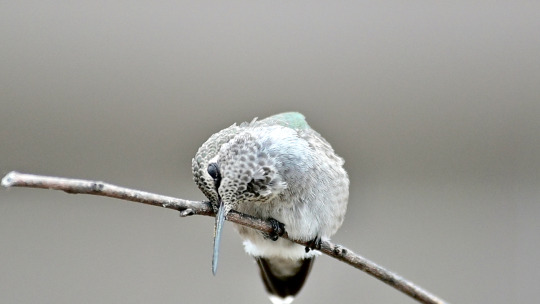
💛
#hummingbird#bird#cute#love#adorable#original art#photography#wildlife#nature#backyard birds#birds#avian
974 notes
·
View notes
Text

bobcat sketchpage 🐾 ref photos here
#id in alt#bobcat#wildlife#animals#animal art#sketches#sketchbook#hope you're enjoying sketches and other odds & ends. i'm just frantically trying to fill the rest of july's Posts#i had something planned for this month but got too busy so now i'm just awaiting avian august + doggust#i love not having to think about what to draw for social media every week. the thinking about it is half the struggle
509 notes
·
View notes
Text
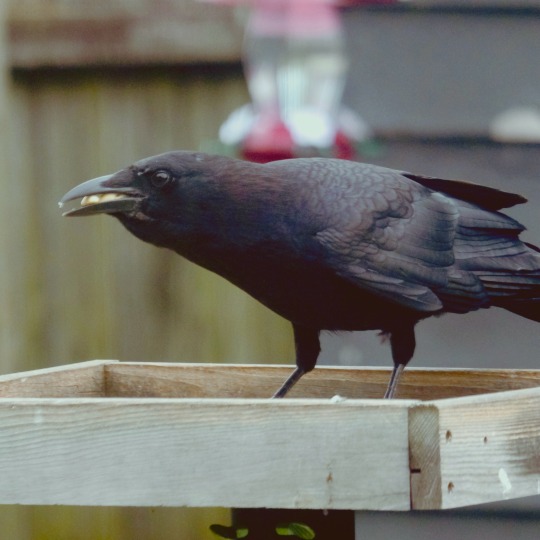
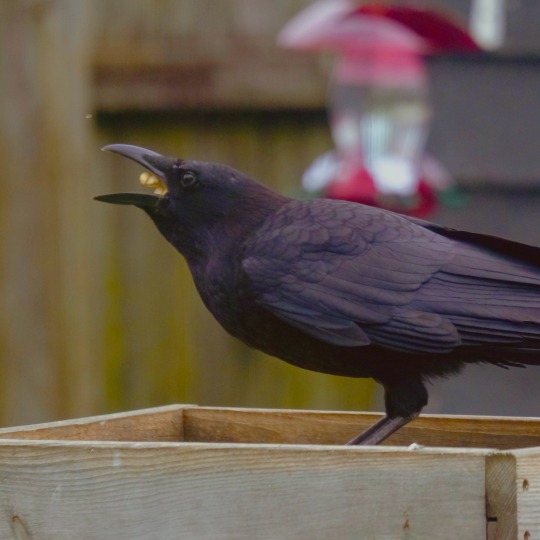
This crow on my platform feeder doing whatever it takes to guzzle down as many peanuts as possible
(Photo taken by me on FujiFilm X-T30)
#animals#crow#American crow#corvid#corvids#bird#birds#bird photography#birdwatching#birdblr#birding#bird watching#photographer#photography#animal#animal photography#wildlife#wild animals#wildlife photography#avian#nature#nature photography
195 notes
·
View notes
Text
California agencies working to protect critically endangered condors are on high alert after 20 recent deaths in northern Arizona, wildlife officials said last week.
A highly pathogenic avian influenza that has infected domestic and wild birds across the country has been confirmed as the cause of death for California condors in in the Arizona-Utah flock. By April 17, the U.S. Fish and Wildlife Service reported 20 condors had died. So far, tests confirmed 10 of those birds were positive for the avian flu.
The virus had not been detected in condor populations in Ventura County or other parts of California and Baja as of late this week. But agencies monitoring those flocks were preparing emergency actions in case that changes, said Ashleigh Blackford, the federal agency’s California condor coordinator.
“Our concern is definitely heightened in California,” Blackford said.
More populations, more protection
Agencies have worked for decades to help the species recover. The largest flying land bird in North America — known for its bald head and black feathers — had all but disappeared in the wild by the early 1980s.
The population dropped to just 22 birds in the wild in 1982. Five years later, all remaining wild condors were placed in a captive breeding program to save the species from extinction.
By the end of last year, 347 condors lived in the wild – 183 in California and 116 in the Arizona-Utah region.
Supporting separate populations in different areas was part of the plan to help the species overcome any single event such as a virus outbreak or wildfire. The more populations and the more birds increases the odds of survival, Blackford said.
The condors also continue to rely on captive-bred birds being released into the wild.
Virus can be fatal
The avian influenza can spread quickly and appears to be almost 100% fatal for some species. But scientists didn’t know until the recent outbreak how infected condors would fare.
“Now, we know that answer, and it is an unfortunate answer," Blackford said.
But some condors do appear to be recovering. Eight sick condors were captured in Arizona and brought to a facility for treatment. Of those, four died and four others are still receiving care and showing signs of improvement, wildlife officials said.
A setback for Arizona flock
The 20 recent deaths account for around 17% of the Arizona-Utah flock. That's four times the number of deaths in the region last year.
"That’s a substantial setback for this flock," Blackford said. "But it is not insurmountable."
In all of last year, the agency reported 20 condor deaths, most of them in California. Lead poisoning is consistently the leading the cause of death and continues to be the biggest concern for agencies working to protect the species.
The birds feed on carcasses containing bullet fragments, so trying to get folks to use other types of ammunition continues to be a priority, wildlife officials said. Lead poisoning not only can be fatal but also can suppress the immune system, increasing the condors risk from other illnesses.
"If we were not losing birds to lead, then our population would be stronger," Blackford said. "It would be more robust, and we would have healthier birds."
How to help
While the risk to the public's health is low, officials said human infections can happen and the general public should avoid handling wild birds. State and federal agencies recommended the following tips.
Report dead birds using the state's mortality reporting system to help officials monitor the outbreak at wildlife.ca.gov/Living-with-Wildlife.
If you see condors, observe from a distance. Stress can be harmful to birds exhibiting symptoms of illness.
Keep your family, including pets, a safe distance away from wildlife. Do not feed, handle or approach sick or dead animals or their droppings.
Prevent contact of domestic or captive birds with wild birds.
Find more information about the avian influenza: cdfa.ca.gov/ahfss/Animal_Health/Avian_Influenza.html, aphis.usda.gov/aphis/ourfocus/animalhealth/animal-disease-information.
#California condors#California condor#raptors#birds of prey#birds#animals#wildlife#nature#vultures#avian flu#endangered species#extinction#animal death
294 notes
·
View notes
Text
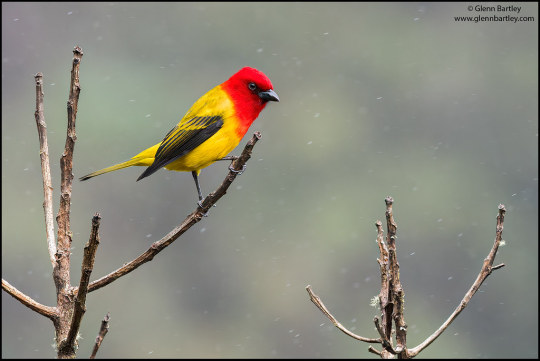
#IFTTT#Flickr#animal#animalia#animals#aves#avian#bird#birdwatching#birds#ecuador#glennbartley#southamerica#wildlife#redhoodedtanagerpirangarubriceps
215 notes
·
View notes
Text
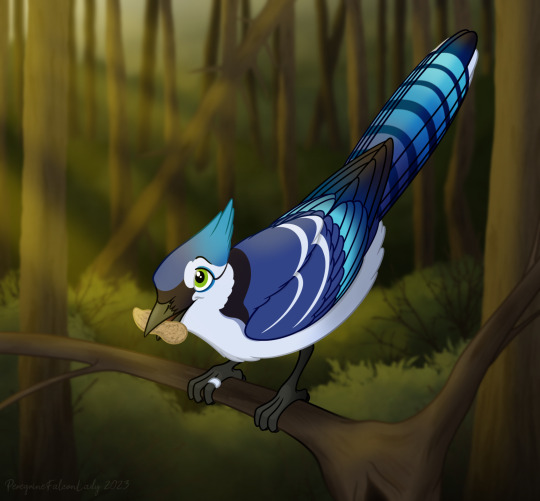
Commission for @/ikebirb on Twitter!
#commission#my art#art#digitalart#blue jay#birds#bird art#avian#bird artist#nature#wildlife#forest#nature art
164 notes
·
View notes
Text
Common pheasant (Phasianus colchicus) photos I took 04/05/2024, Wintersett, Wakefield, West Yorkshire, UK
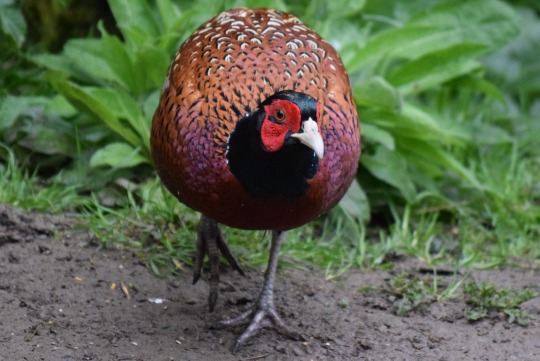
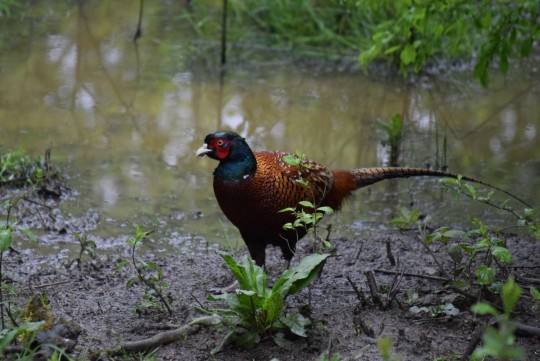
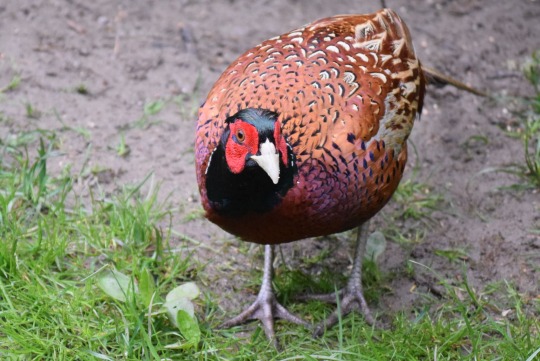
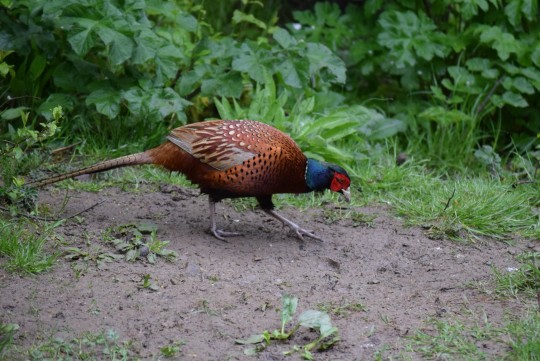
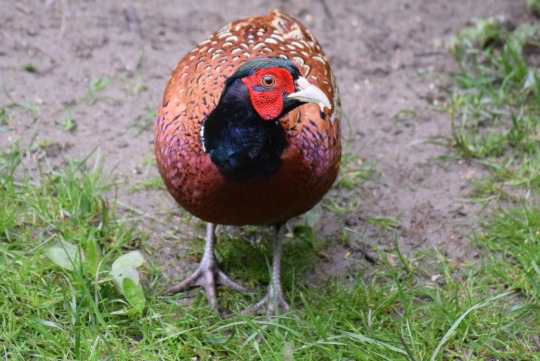
#nature#nature photography#british nature#animals#animal#wildlife#wild#animal photography#wildlife photography#wild animals#wild animal#pheasant#pheasants#common pheasant#ring necked pheasant#phasianus colchicus#phasianidae#fowl#galliformes#bird watching#birding#birds#bird photography#birdwatching#bird#ornithology#british wildlife#british birds#aves#avian
22 notes
·
View notes